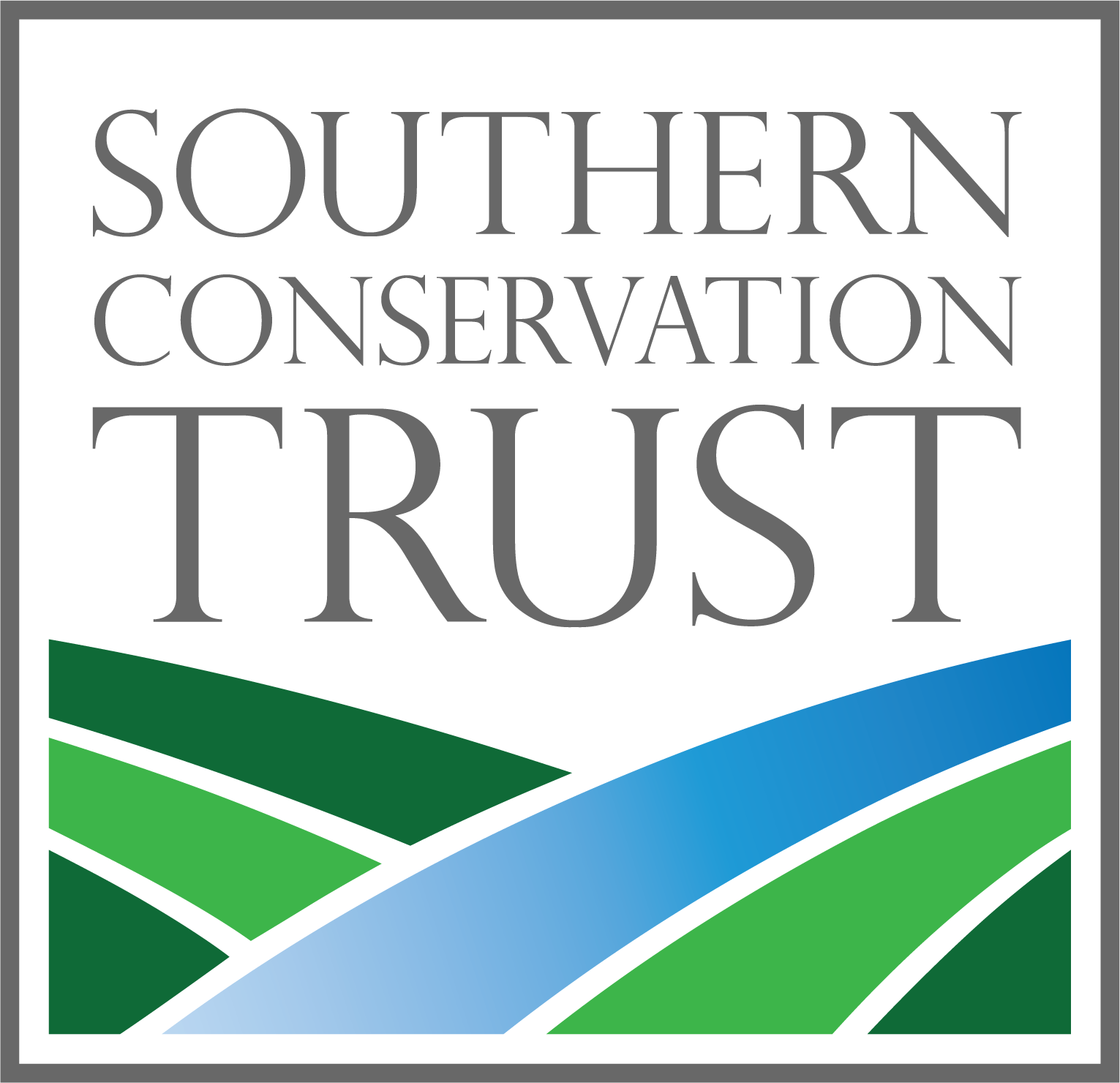Nonprofit Ends Lease with City of Peachtree City for Management of Nature Areas
The Southern Conservation Trust (SCT) has proudly managed Peachtree City’s Line Creek and Flat Creek Nature Areas since the early 1990’s, along with the Somerby Woods Nature Area that is connected to Somerby Senior Living since 2018, through a “lease” and management agreements with Peachtree City, that owns the properties.
After much deliberation, the Southern Conservation Trust has decided to end its lease and management agreements with the City of Peachtree City in regards to the three nature areas. Due to the growth and expansion of the City, it has become financially taxing on SCT to manage the properties without the support of the City.
“The Southern Conservation Trust’s history and roots as an organization are deeply connected to these properties, so it is with heavy hearts that we make this decision for the betterment of our mission, and focus more on areas that need our team’s skills,” says Katie Pace Quattlebaum, Executive Director of the Southern Conservation Trust. “Though this was a difficult decision, Peachtree City has the resources to manage these nature areas on their own. Moving forward, this will allow us to support other cities and towns in nature area development and management, as well as continue management of the five other parks in the area. We have a special place in our hearts for Line Creek, Flat Creek, and Somerby Woods and will continue to look forward to all the potential the nature preserves have to offer the residents of Peachtree City.”
The Southern Conservation Trust has grown tremendously over the last few years. The growth of the organization has led them to become more strategic and mindful in regards to where it places valuable donated resources. As they continue to expand their mission to protect additional acreage throughout Georgia and the Southeast and to provide more environmental education opportunities to the local communities, changes in strategies and plans are inevitable.
ABOUT THE SOUTHERN CONSERVATION TRUST:
The Southern Conservation Trust elevates nature through exceptional stewardship through over 65,000 acres of protected and conserved land throughout the Southeast, as well as 5 public nature areas in Fayette County, Georgia, and the Fayette Environmental Education Center in Downtown Fayetteville, Georgia. www.sctlandtrust.org and www.fayettenature.org.
The post Nonprofit Ends Lease with City of Peachtree City for Management of Nature Areas appeared first on Southern Conservation Trust.
Press & Media Inquiries
Contact Us
About Southern Conservation Trust
At Southern Conservation Trust, we are passionate about elevating nature through exceptional stewardship. Based in Georgia, our 501(c)(3) public charity has successfully conserved over 65,000 acres of land across the Southeast, including five public nature areas in Fayette County and the Fayette Environmental Education Center. We believe that protecting our natural spaces is just the beginning; everyone should have equal access to enjoy the beauty of the outdoors. Join us in our mission to foster a deeper connection between people and nature. Learn more at www.sctlandtrust.org.











